I couldn’t help but laugh when a man walked by me as I was photographing these wines and asked “what in God’s name is that?!” What indeed…
As someone who loves bubbly, whether it’s champagne, prosecco, sekt, or cava, it’s somewhat surprising that I’ve rarely dipped my toe, at least very deeply, into the world of pétillant natural (aka pét-nat) wine. I’ve had a few here and there, but always drank them by happenstance. But it seems like the more I look around, the more I see them. And Texas is right up there when it comes to handing out pét-nat love. I’ve been amazed at the number of winemakers that have embraced this quirky bubbly. The Texas bubbles game is getting better and better. So I took it upon myself to do some research…
And since it’s been a minute, let’s take a look at a few different ways of making sparkling wine.1
Traditional Method
First, a regular “still” wine is made in the same manner as any other non-sparkling wine. After the first fermentation is complete, the resulting still wine is bottled and a mixture of yeast, sugar, and wine is added which produces a secondary fermentation. As the process of fermentation gives off carbon dioxide, the gas dissolves into the wine in the bottle which gives us those bubbles that we love. This method of producing sparkling wine is called Méthode Champenoise aka Traditional Method aka Metodo Tradicional aka…you get the point. As the name implies, it is the method used to make French champagne. It is also the same method used in making Cava from Spain, Franciacorta from Italy, Cap Classique from South Africa, Espumante in Portugal, and some Austrian and German Sekt. These bubbles will be under the most pressure coming in at 5-7 atmospheres.
Tank Method
This method, also called Charmat Method, Metodo Italiano, or Cuvée Close, is very similar to the Traditional method. The primary difference is that instead of the second fermentation occurring in the individual wine bottles, it is carried out in a large pressurized tank. Individual bottlings are made from the tank wine. This method is used when the winemaker wants to emphasize the freshness or aromatics of a wine and is the method used to make Prosecco and Lambrusco. The bubbles in these wines are not as intense and come in at 2-4 atmospheres.
Ancestral Method
Instead of two fermentations, the Ancestral Method (aka Méthode Ancestrale aka Pétillant Natural) has just one fermentation. This method is so-named as it is generally believed to be one of the earliest forms of sparkling wine production. The still fermenting wine is bottled and is sometimes topped with a crown cap that you’d usually see on a beer bottle. The process results in a wine that it slightly fizzy due to the trapped carbon dioxide (2-4 atmospheres), is lower alcohol, has a touch of sweetness – a shows a little bit of funk.
But one of the most appealing things (to some) about these wines is that typically nothing is added to, or removed from the wine. No fining, no filtering, no additives, which also explains why some of these wines are cloudy and have bits of sediment floating around. Yes, with these wines, you get what you get. To be sure, when you pop a bottle of pét-nat, you never know what you may get. That includes the wine exploding or gushing out of the bottle as the wines can be somewhat unstable.
But these wines are fun and interesting nonetheless. Drinking the same profile of wine again and again and again gets to be boring. And these wines are anything but boring and predictable. So here’s what my Texas bubbles “research” turned up.
2019 William Chris Pet Nat Rosé ($25)
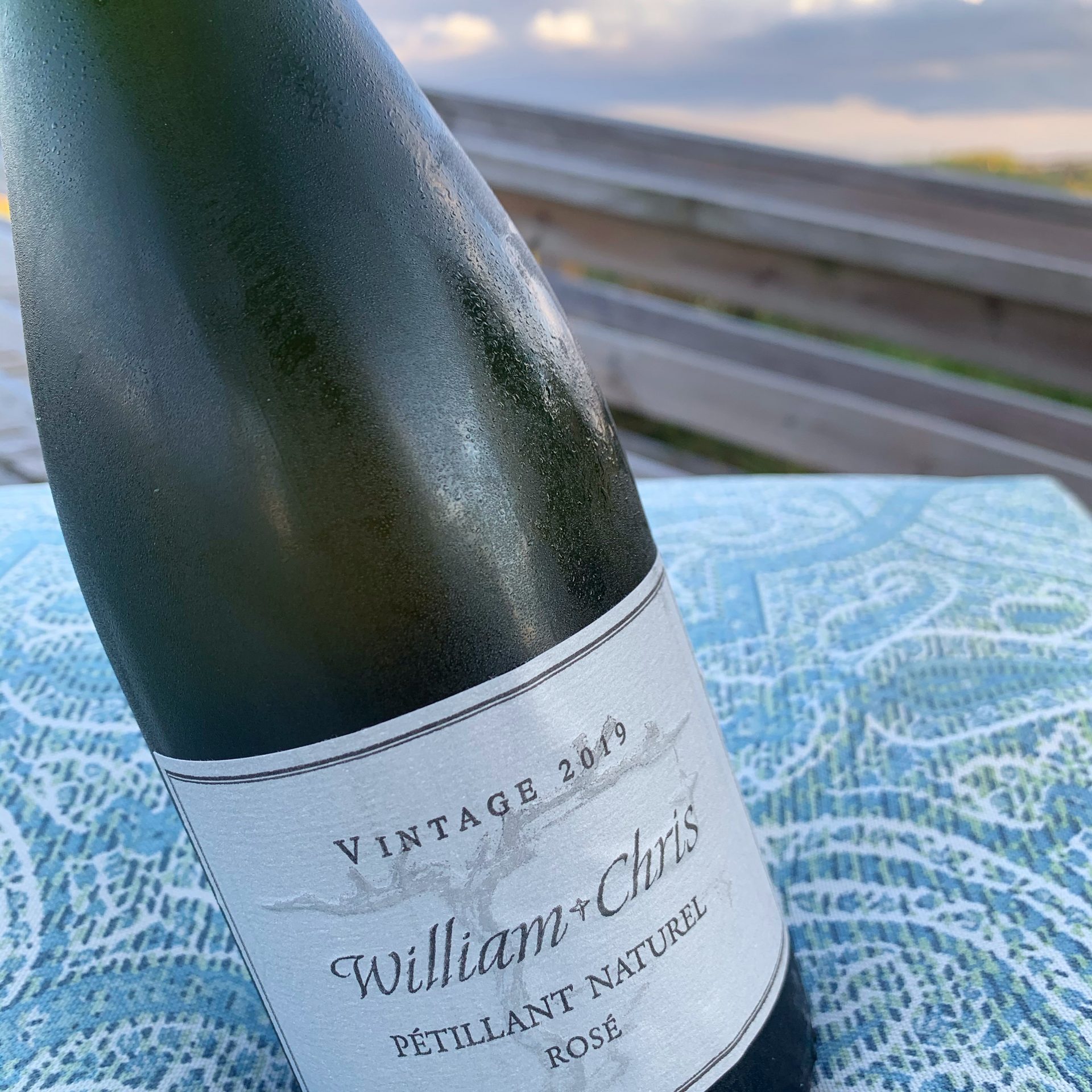
This was my first foray into Texas pét-nat (they began making theirs in 2014) and really set the bar for me. The 2019 edition is a blend of Sangiovese, Mourvèdre (my fave varietal wine from them), Cinsault, and Trebbiano. Juicy summer red fruits abound along with with lime and a touch of melon. Their pét-nat is always a standout and I’m yet to introduce it to anyone that hasn’t enjoyed it. And given the volatility of these wines, the folks at William Chris have modified their winemaking (e.g. storing bottles on their sides, longer cold settling, etc.).
2019 Southold Farm & Cellars Live Fast, Love Hard, Die Young Rose of Touriga Nacional Petilliant Naturel ($30)
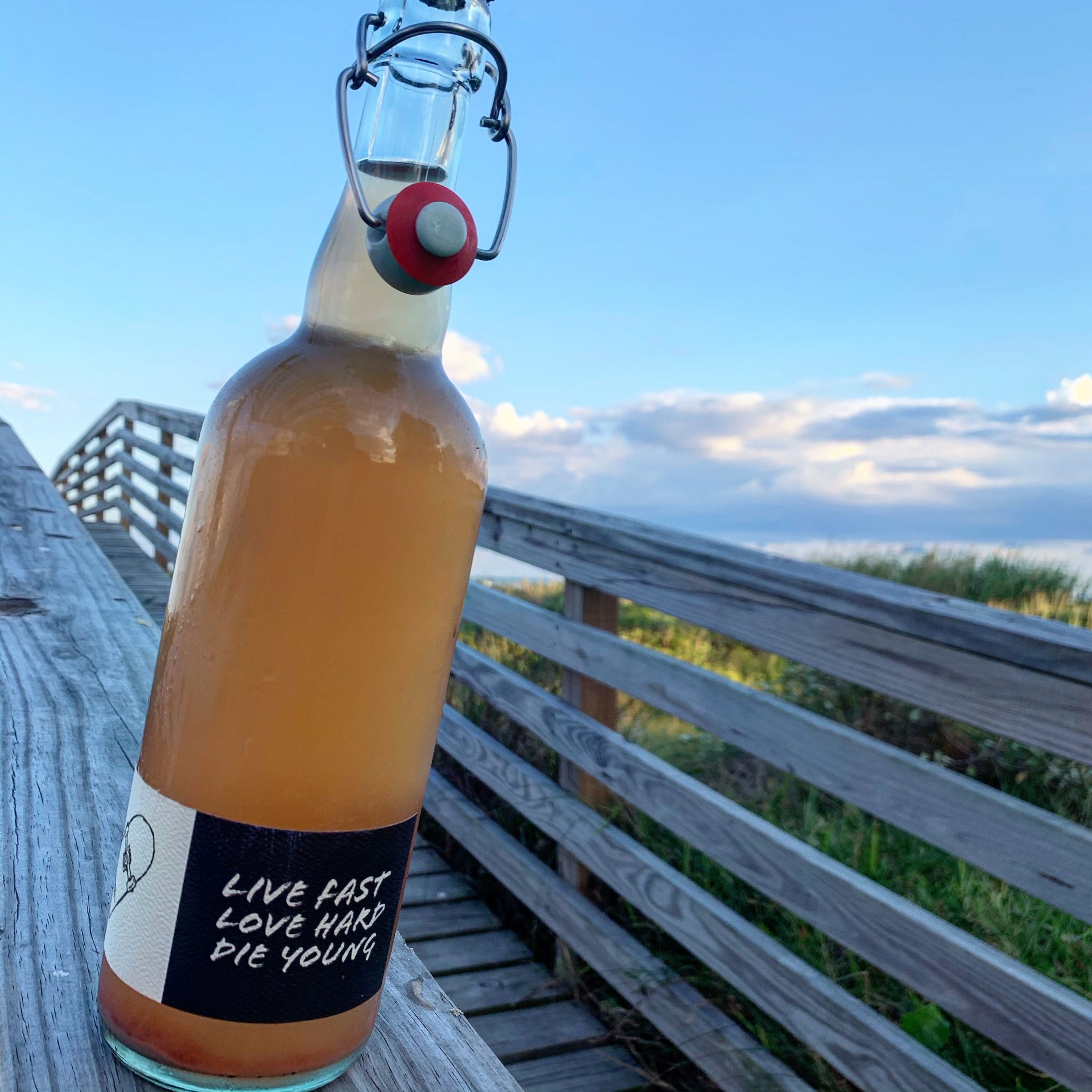
One of the newest kids on the Texas wine block that has so many folks excited about their low-intervention approach to making wine, Southold crafts wines that make me think. I fell in love with their wines when I first visited and have been a fan ever since. Made of 100% Touriga Nacional, it’s just a peachy delight to drink. Albeit a bit strange to look it. Juicy peach, apricot, tangerine, and citrus blossoms – everything we want in a summer bubbly.
2017 Ron Yates Petulant Natural Malvasia ($25)
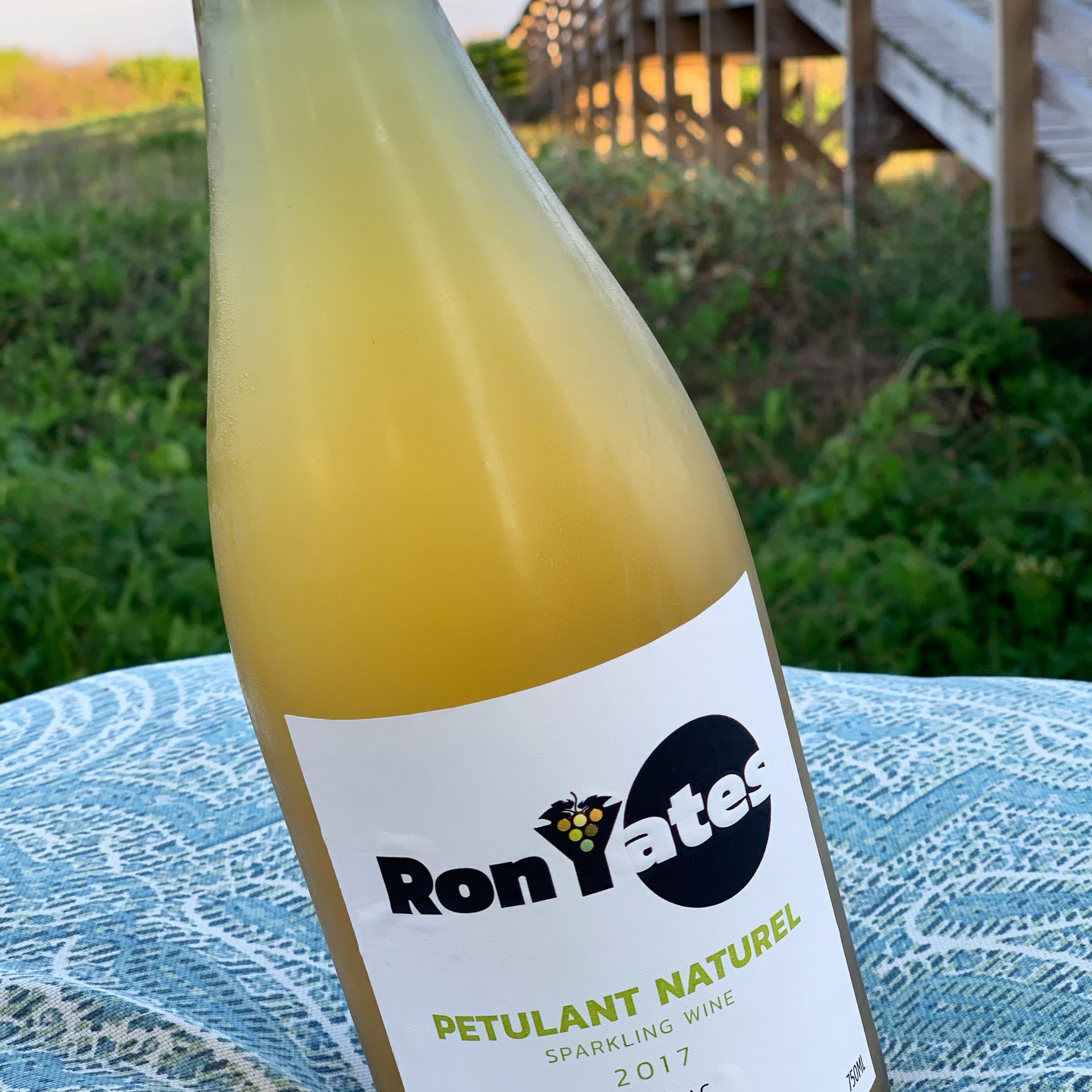
Ron Yates also crafts a pet-nat rosé (along with many others over the years) and has been one of the Texas winemakers to really embrace these wines. And as much as I love a good sparkling rosé, I was intrigued by the Malvasia which I first discovered on a trip to Croatia several years ago. And notice their spelling of of Petulant vs Petillant. This one is funky fun to be sure along with some floral notes, peaches and cream, and grapefruit.
2018 Wine for the People Dandy Bubbles ($30)
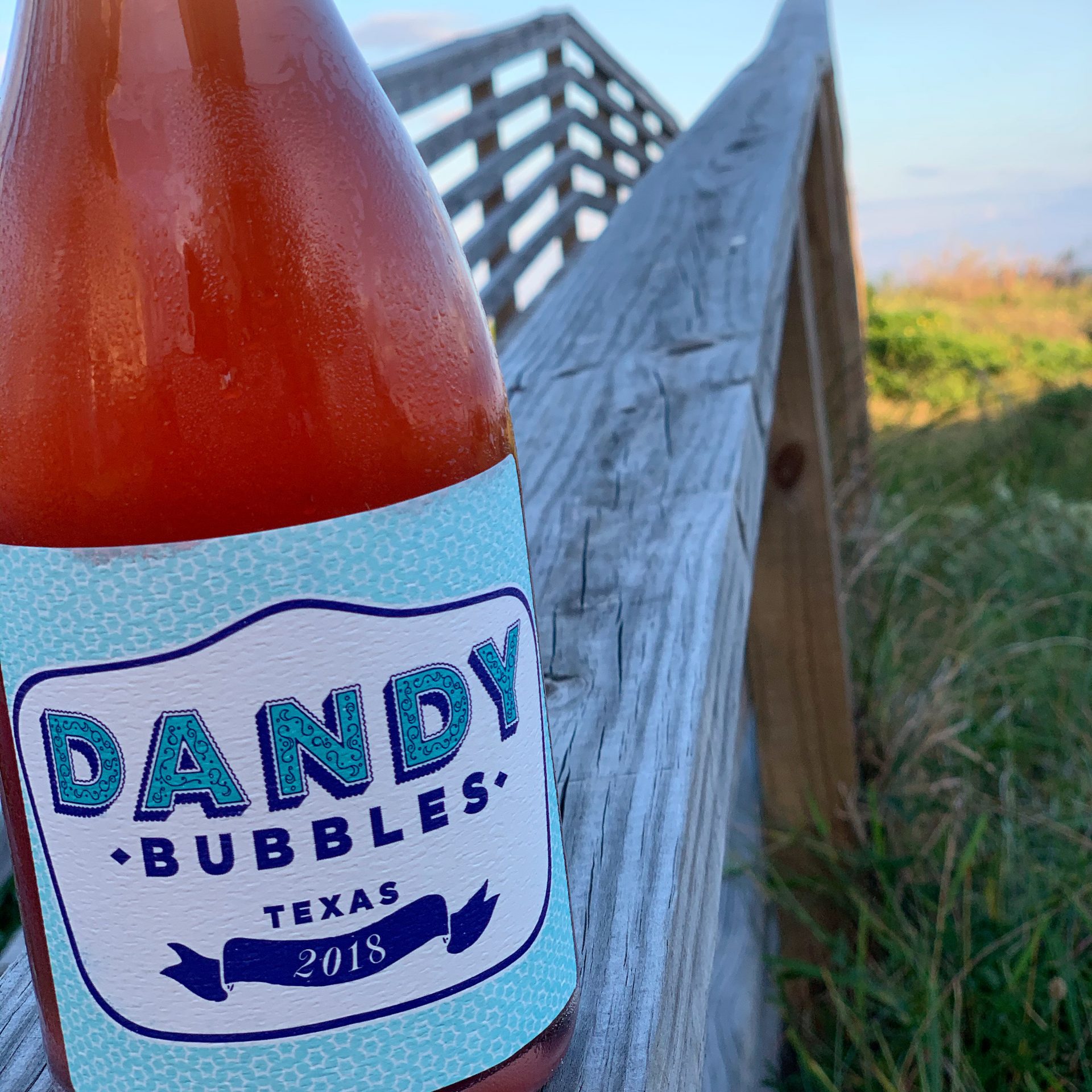
I’ve included this one as it’s made in the spirt of pét-nat but it’s technically a non-disgorged, unfiltered traditional method sparkling wine. So it goes through two fermentations and is bottled during the second fermentation, but without any removal of the lees sediment as is done with champagne. The product is the result of a collaboration between Wine for The People and The Grower Project. Crafted of a blend of Pinot Meunier, Counoise and Sangiovese, it is a beautiful deep, cloudy watermelon color and is chock full of fresh strawberry, raspberry, toast, and bright lemon carried along with tingly acidity.
2017 Lost Draw Cellars Pinot Meunier ($28)
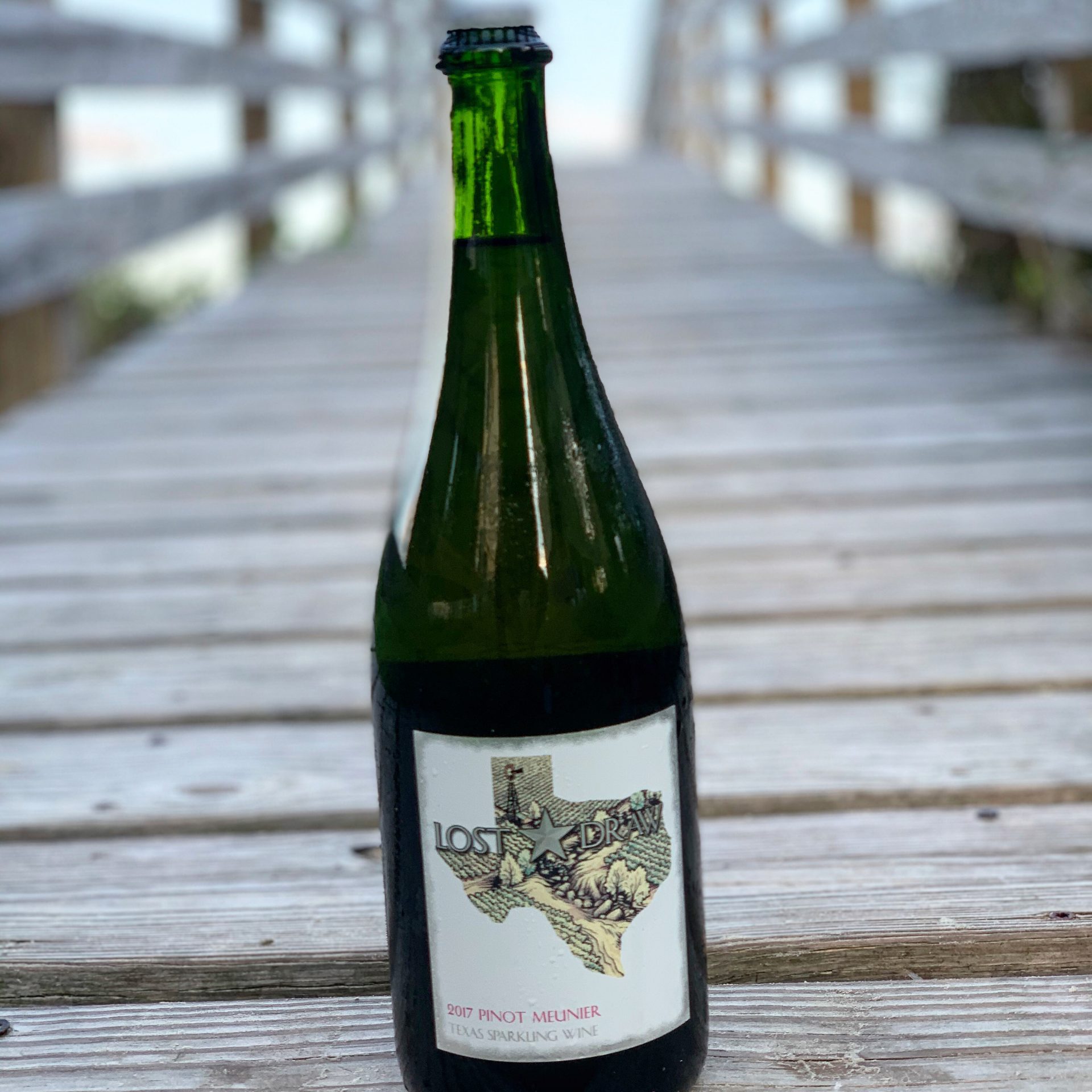
Like the Dandy Bubbles, this one is a hybrid of sorts and undergoes a second fermentation in the bottle but without any removal of the lees. The very first sparkling wine from the folks at Lost Draw Cellars and hopefully not their last. Crafted of 100% Pinot Meunier and the clearest of the bunch with its amber gold colors. A little mild funk and orange on the nose with toasted brioche, almond, grapefruit and peach flavors. Very approachable (and safe) Pet Nat for those looking to try some.
I do hope my Texas peeps keep shaking things up and keep those Texas bubbles going. I am here for it! And of all of the Texas bubbles efforts I’ve had over the years, this may the type that’s best suited for Texas.
Overall, I enjoy that pét-nats generally trend more in the so-called “natural wine” direction and that they are lower alcohol. This is seriously “unpretentious wine 101.” Plus, the lower alcohol makes them great for summer whether at the beach, by the pool, or at a BBQ. Yes, the kind in your back yard where you social distance. I’m just sayin…

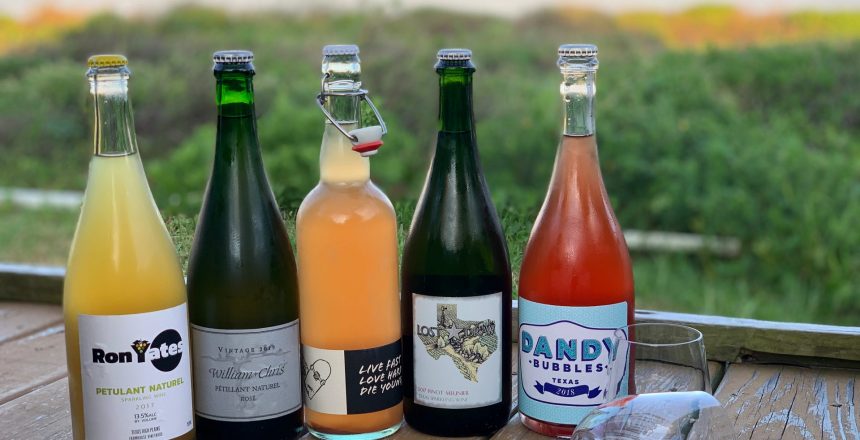
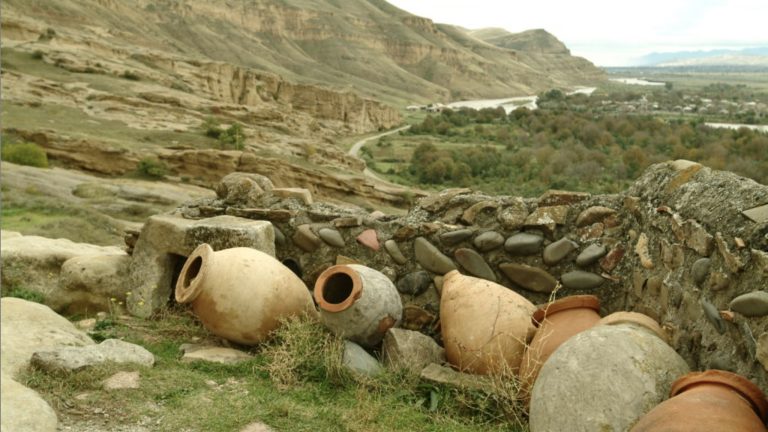



2 Comments
Ty Morrison
•4 years ago
Such a big fan of Pét Nat wines! Tried the William Chris last year and really enjoyed. Adding the others to my list! Great selection!
Kat
•4 years ago
The William Chris is what really got me interested in the first place. They’ve done a nice job vintage to vintage.